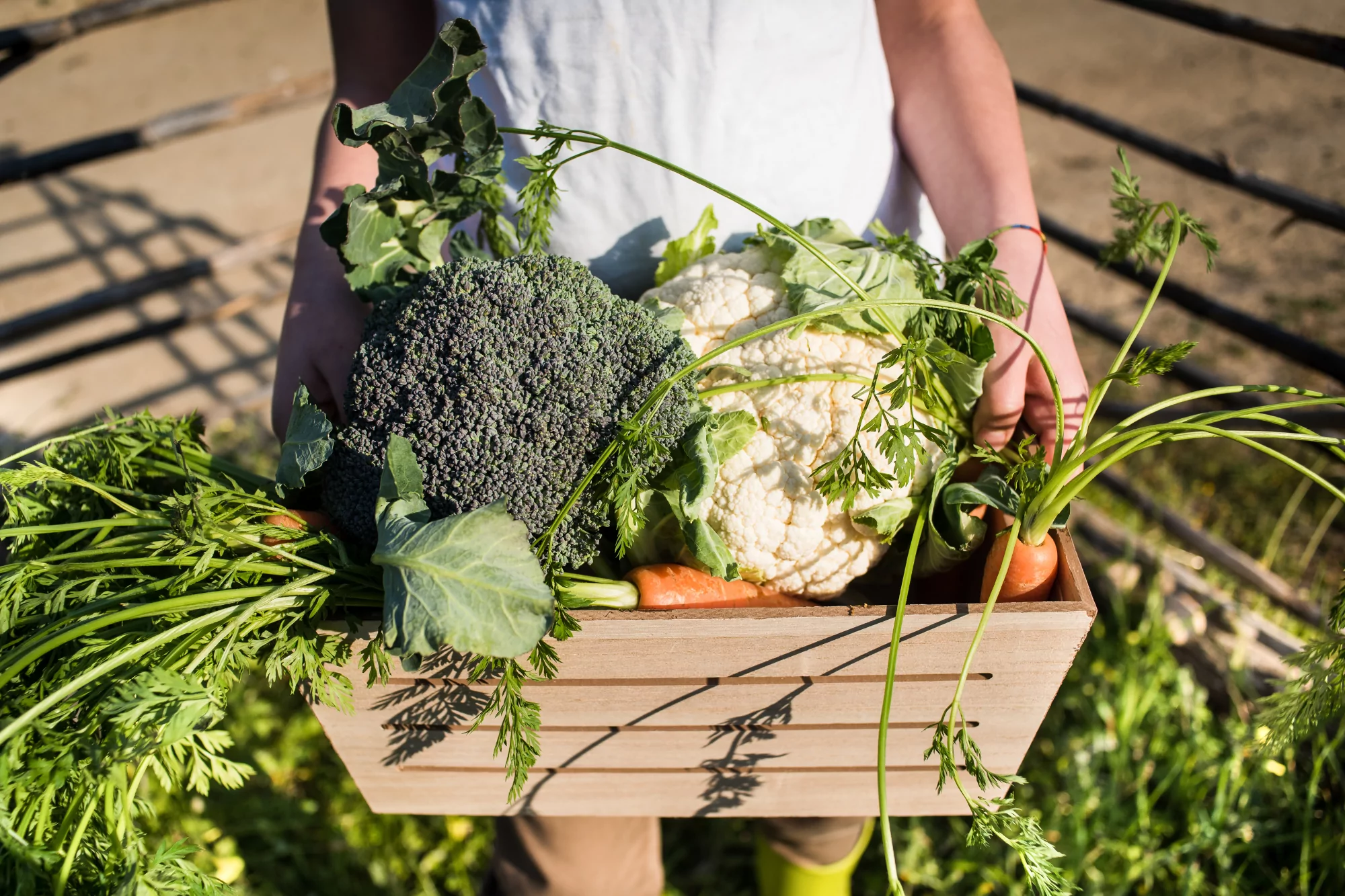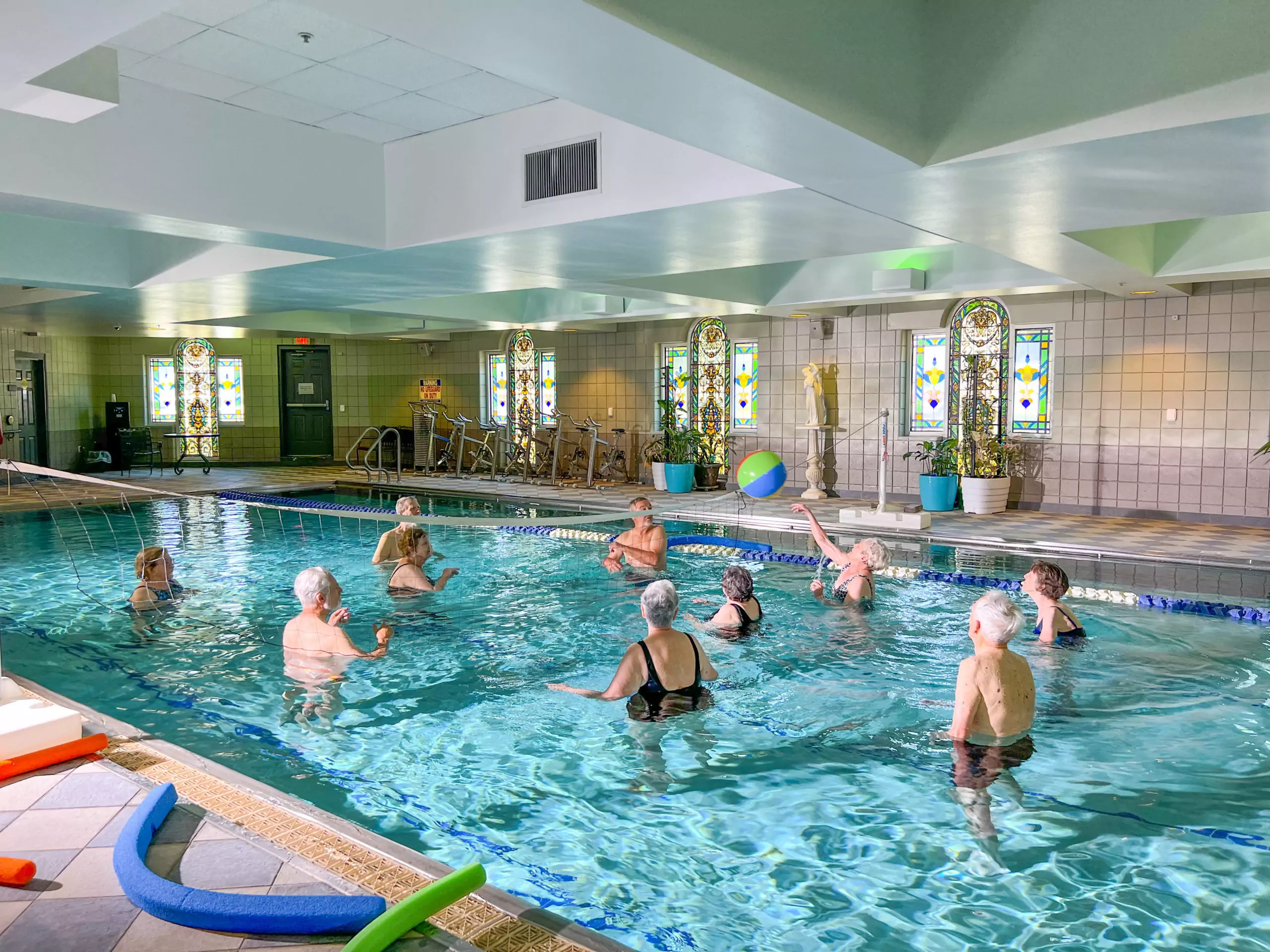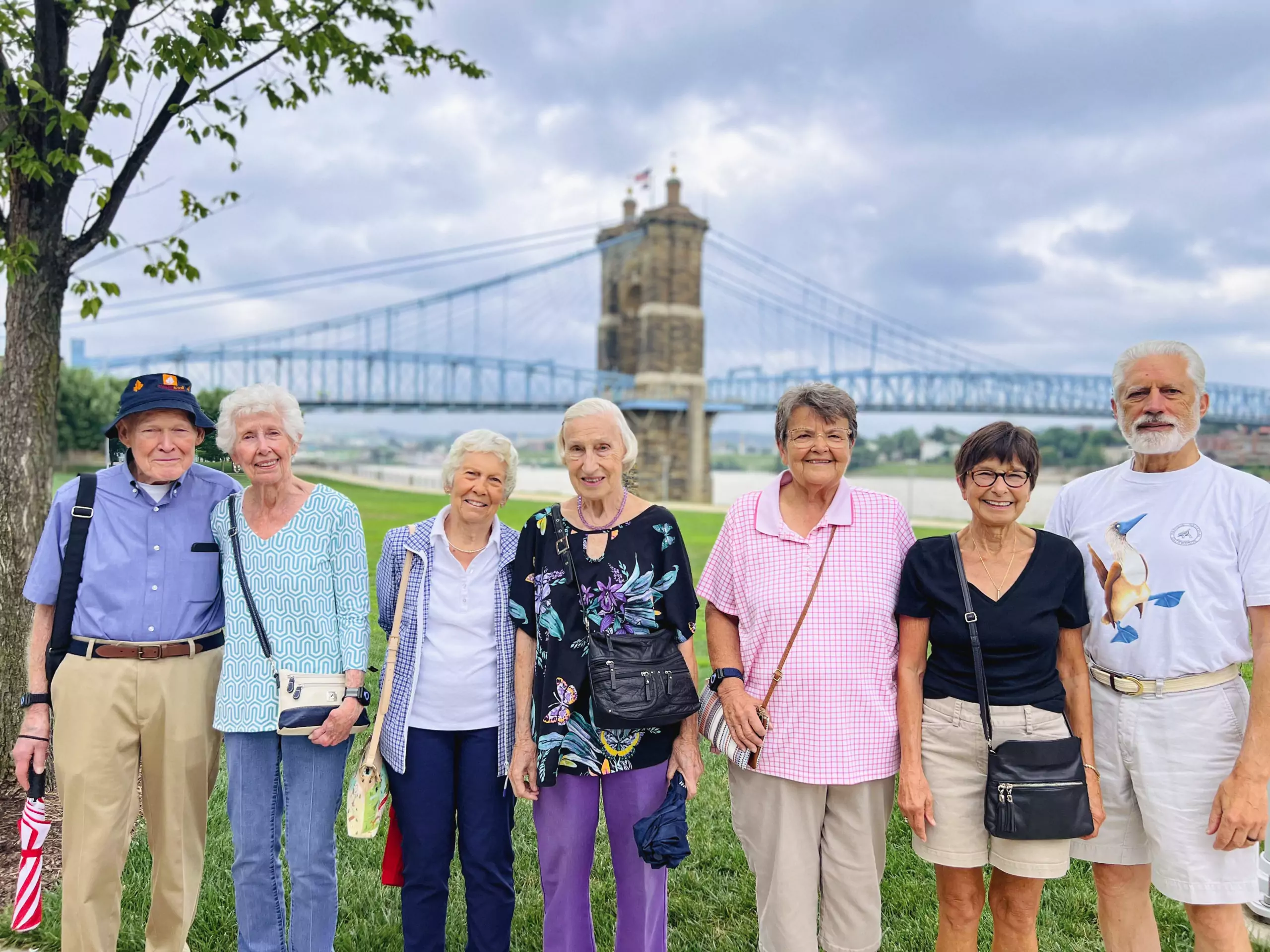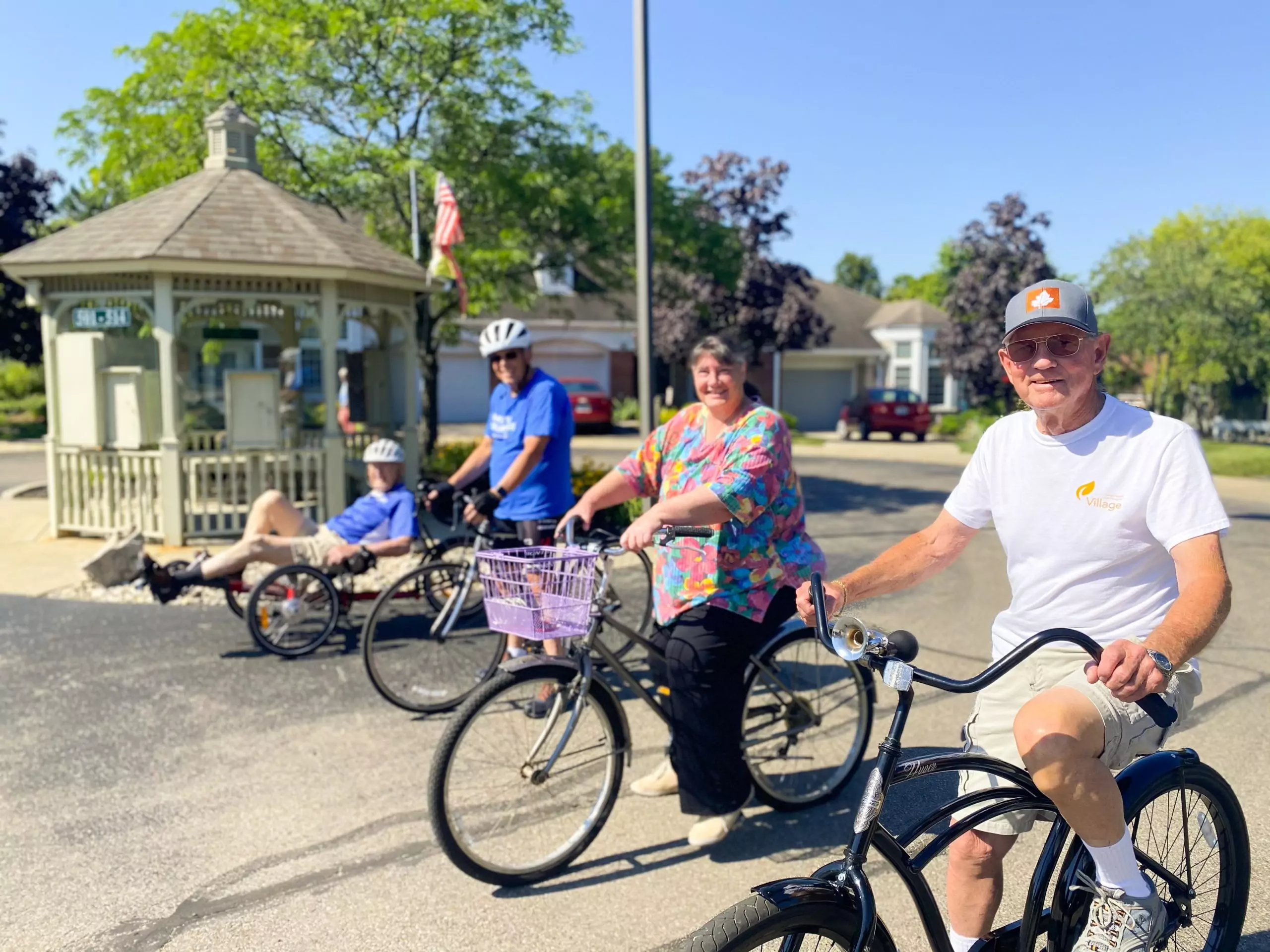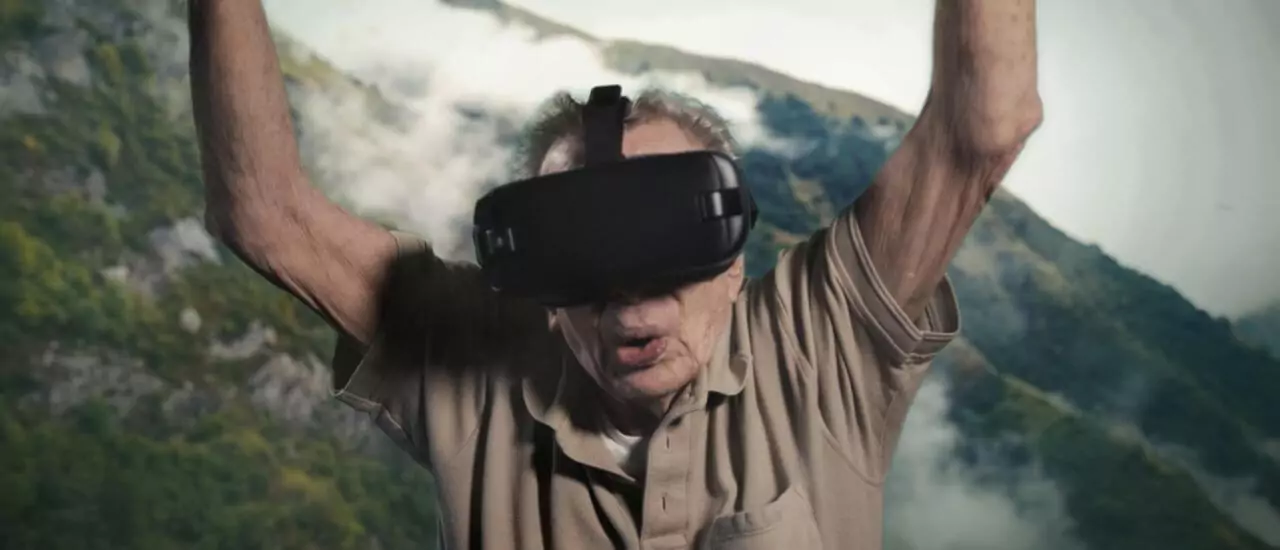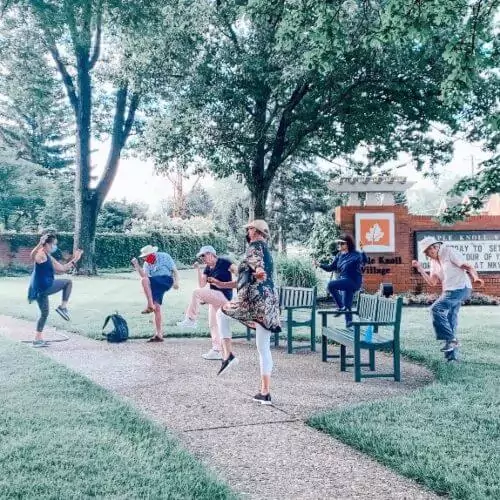“Do not regret getting older. It is a privilege denied to many.” ― Mark Twain
Mark Twain said it best- those who age are blessed with a privilege many are not lucky to have. And, although aging inevitably comes with its own set of challenges including those related to mental health, it is essential for us to recognize the unique opportunities for growth and fulfillment that come with aging.
Senior mental health is an especially important, yet a universally overlooked aspect of overall well-being. As we age, it is quite common to experience mental health concerns, such as depression, anxiety, or cognitive decline. These challenges can arise from factors such as chronic illness, the loss of loved ones, or social isolation.
Just as we experience physical changes and challenges with our bodies over the years, our minds also do the same. By staying informed, engaging in healthy habits, and nurturing social connections, older adults can enjoy fulfilling lives and age with grace.
Below are a few ways you or your loved one can practice prioritizing mental health.
Staying Active
Maintaining an active lifestyle is crucial for mental health in the sense that it not only enhances physical fitness but can also positively impact your emotional well-being. Regular physical activity can be tailored to your individual abilities and preferences, such as walking, swimming, or even gardening.
Staying active promotes the release of endorphins, the body’s natural mood elevators, and can improve sleep quality, increase energy levels, and boost self-esteem, all of which are crucial components of maintaining mental health.
The Hemsworth Wellness Center at Maple Knoll Village consists of highly trained fitness specialists who help encourage residents to lead an active lifestyle. A variety of guided classes such as tai chi, chair yoga, and energize are offered throughout the week to ensure a blend of difficulty levels that everyone can appreciate. Wellness Center staff also regularly conduct health and wellness programs to educate Maple Knoll residents and provide them with the tools needed to live healthier lives.
Socialization
Maintaining relationships and seeking out opportunities for social engagement is another vital aspect that has a significant impact on mental health in older adults. Meaningful connections with friends, family, and peers allow for companionship and an overall sense of belonging.
Regular opportunities for social interaction such as group excursions, cooking demonstrations, guest lecturers, and social gatherings are offered by dedicated life enrichment staff to residents at Maple Knoll.
Having regular social interactions stimulates the brain, wards off feelings of loneliness and isolation, and contributes to a more positive outlook on life. Whether through participating in group activities, attending social events, or enjoying simple conversations with peers, we all can benefit from nurturing our social connections.
Make Time for Things You Enjoy
Making time to do things that you enjoy is another way to prioritize your mental health. Engaging in activities that bring happiness and fulfillment brings about a sense of purpose, satisfaction, and happiness. Whether it is pursuing hobbies like painting, playing music, or enjoying leisurely walks in nature, dedicating time to enjoy yourself is essential.
With numerous clubs and committees active on campus, Maple Knoll Village is the perfect place to explore a new hobby. Try your hand at a game of shuffleboard, practice with the outdoor golf driving cage, learn how to weave, or start a game of ping pong (an all-time resident favorite). These activities all serve as opportunities for self-expression, creativity, and personal growth, contributing to your overall emotional well-being.
By staying active, socializing, and making time for the things you enjoy, you can cultivate a more positive mindset and embrace the richness of your golden years with vitality and joy.



